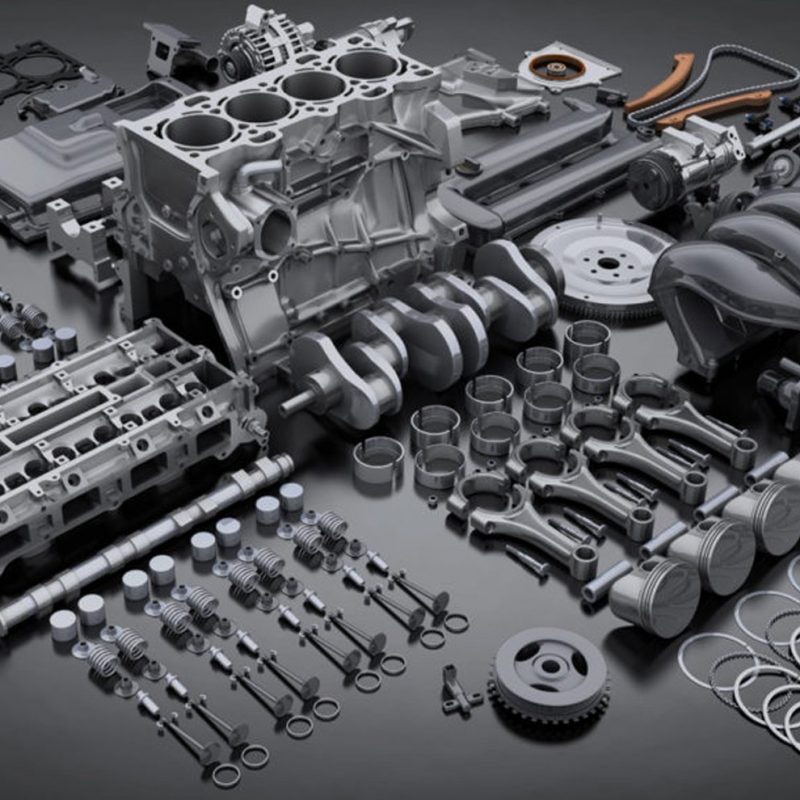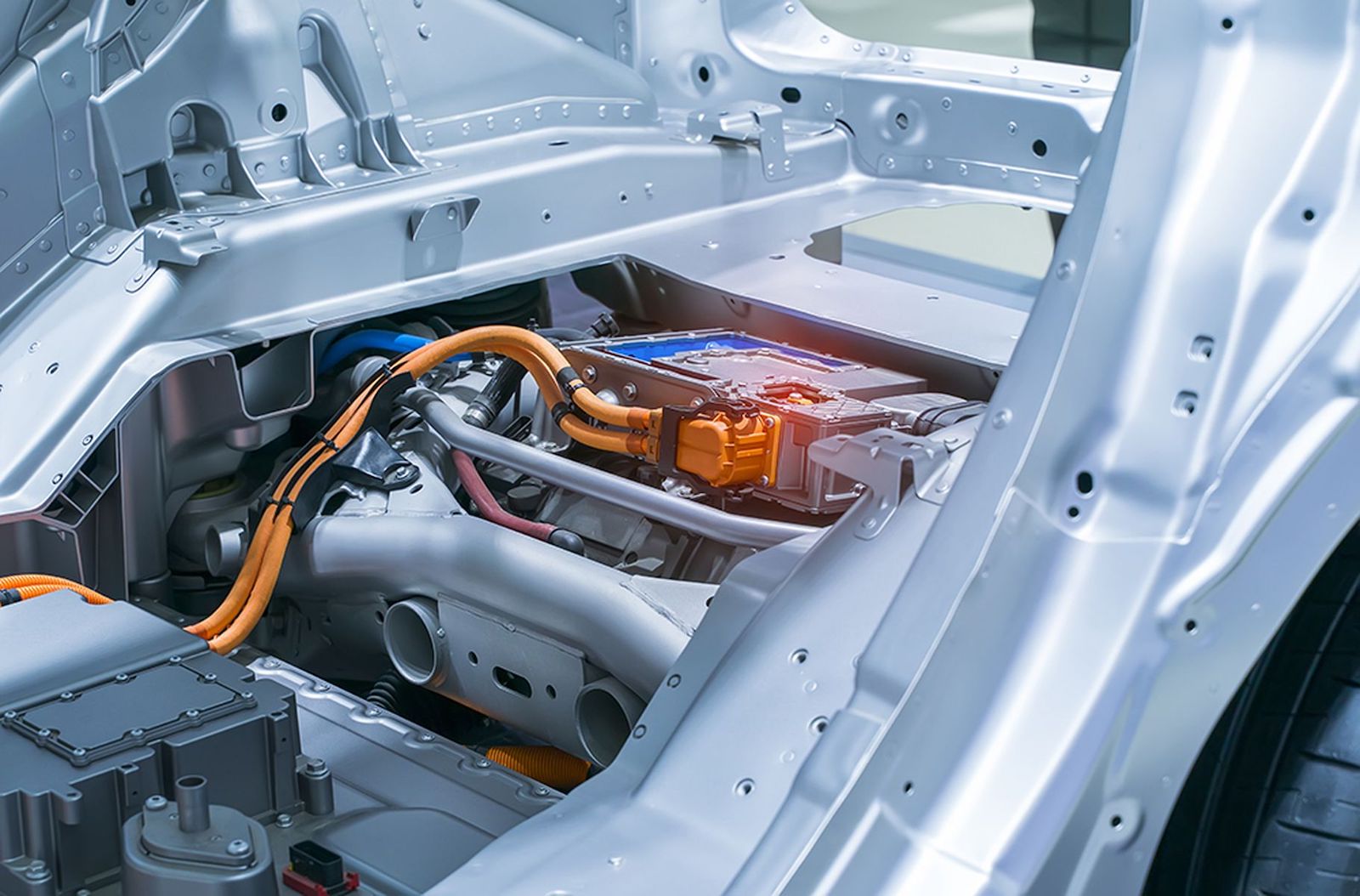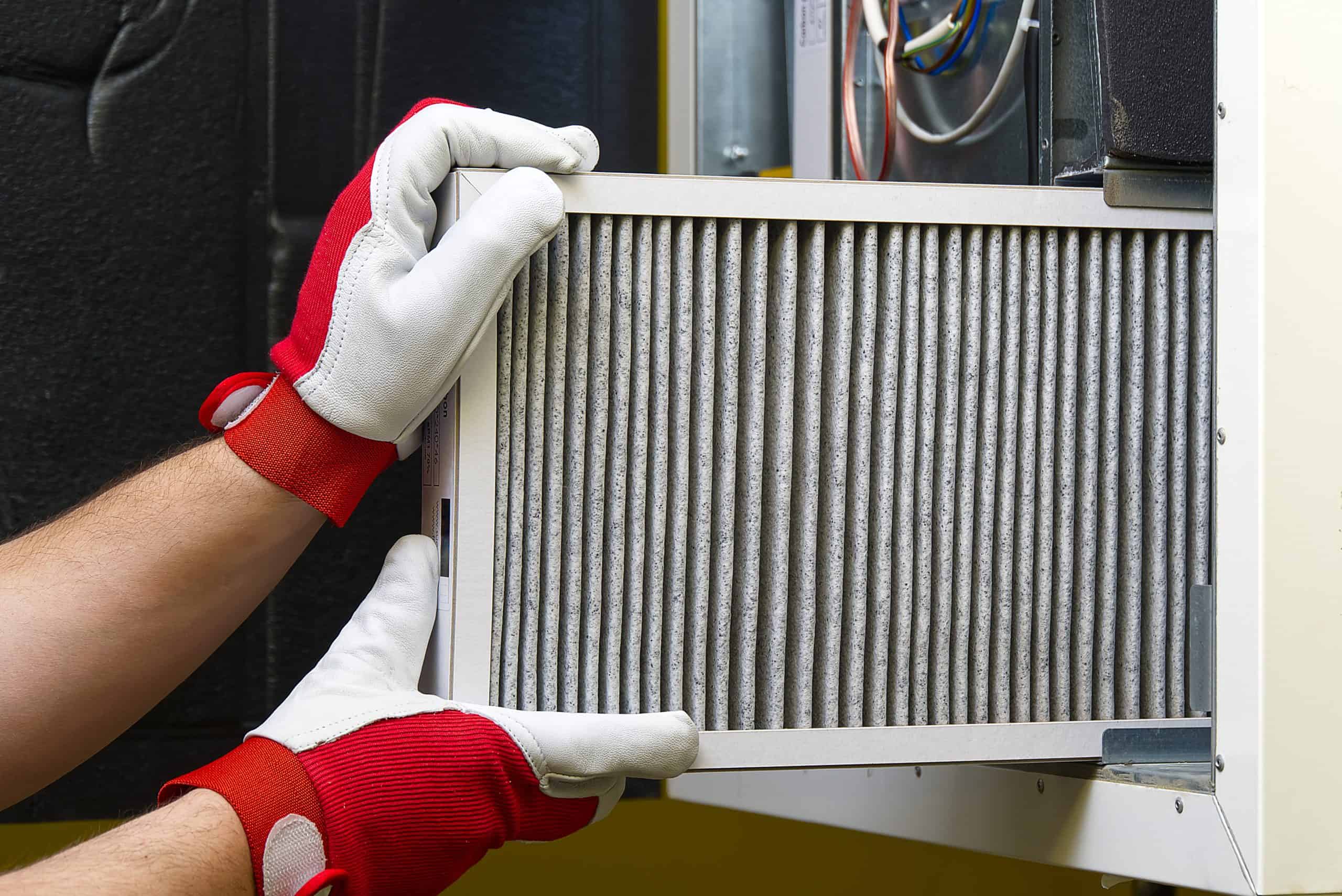Understanding the Different Types of Brake Pads
Understanding the Different Types of Brake Pads
Brake pads play a critical role in the braking system of a vehicle, and it is important to understand the different types available. Brake pads come in a variety of materials, each with its own set of pros and cons. In this essay, we will explore the different types of brake pads, their characteristics, and their suitability for various driving conditions.
- Organic Brake Pads: Organic brake pads are made from a mixture of materials such as rubber, resin, and fiber. They are the most common type of brake pads, known for their quiet operation, low cost, and good initial stopping power. However, they are not as durable as other types of brake pads and tend to wear out quickly, especially in high-performance or heavy-duty applications.
- Semi-Metallic Brake Pads: Semi-metallic brake pads are made from a mixture of metal and other materials such as graphite or ceramic. They are known for their durability and heat resistance, making them a popular choice for high-performance and heavy-duty applications. However, they tend to generate more noise and dust than other types of brake pads, and can be harder on rotors.
- Ceramic Brake Pads: Ceramic brake pads are made from a mixture of ceramic and other materials such as graphite. They are known for their low dust and noise levels, and for being gentle on rotors. They are also heat-resistant, making them a good choice for high-performance applications. However, they can be more expensive than other types of brake pads and may not provide as much initial stopping power.
- Low-Metallic NAO Brake Pads: Low-metallic NAO brake pads are made from a mixture of non-asbestos organic (NAO) materials and small amounts of metal. They are known for their low noise and dust levels, and for being gentle on rotors. They are also more environmentally friendly than other types of brake pads, as they contain fewer harmful materials. However, they may not be as durable as other types of brake pads and may not provide as much stopping power.
When choosing brake pads, it is important to consider the type of driving you will be doing and the conditions you will be facing. For example, if you drive a high-performance vehicle, you may want to consider ceramic or semi-metallic brake pads. If you drive a heavy-duty vehicle, you may want to consider semi-metallic brake pads. If you want low dust and noise levels, you may want to consider ceramic or low-metallic NAO brake pads.
In conclusion, understanding the different types of brake pads is important for making an informed decision when choosing brake pads for your vehicle. Brake pads come in a variety of materials, each with its own set of pros and cons. By considering the type of driving you will be doing and the conditions you will be facing, you can choose the type of brake pads that is best suited for your needs. Regular brake pad maintenance is also important for ensuring that your braking system is functioning properly and to extend the life of your brake pads.








